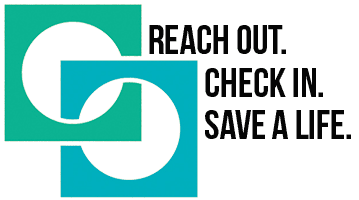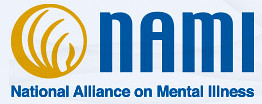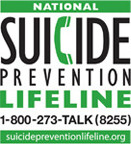Resources
The following resources are available to all and provide a wealth of research, education, advocacy and other services with regard to suicide prevention. We encourage you to take some time to look through these sites to familiarize yourself with the resources that are available. Sadly, there are times when people feel there are no resources available. Let’s introduce you to some.
Books
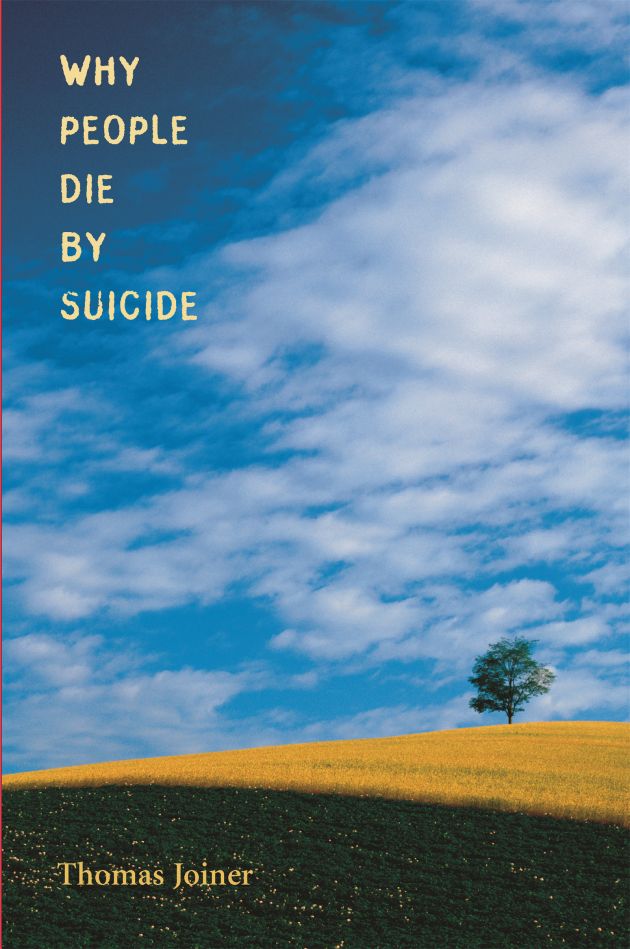
Why People Die by Sucide by Thomas Joiner
Why do people die by suicide? Dr. Thomas Joiner and his colleagues attempt to answer this age-old question by exploring two obvious yet insightful assumptions: People die by suicide because they can that is, they become desensitized to pain and habituated toward violence. And people die by suicide because they want to they typically have no sense of belonging to a valued group or relationship, and they feel that they have become a burden to loved ones. This book offers a new theoretical framework for diagnosis and risk-assessment of a patients entry into the dark and obscure mental world of suicidality, and for the creation of preventive and public-health campaigns aimed at the disorder. More important, though, the book provides new, effective clinical guidelines for crisis intervention and for therapeutic alliances in psychotherapy and suicide prevention.
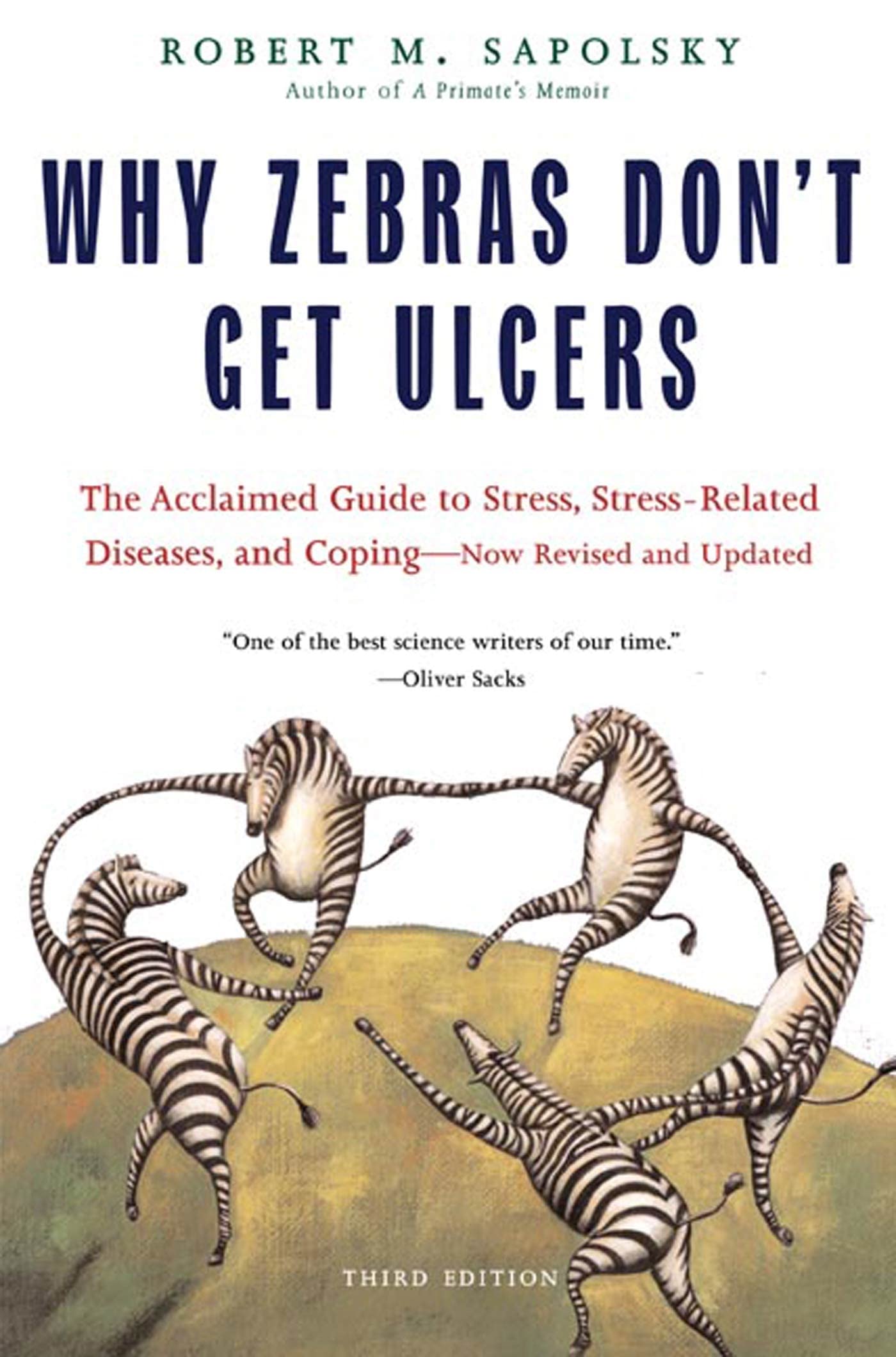
Why Zebras Don’t Get Ulcers by Robert M. Sapolsky
Renowned primatologist Robert Sapolsky offers a completely revised and updated edition of his most popular work, with over 225,000 copies in print
Now in a third edition, Robert M. Sapolsky’s acclaimed and successful Why Zebras Don’t Get Ulcers features new chapters on how stress affects sleep and addiction, as well as new insights into anxiety and personality disorder and the impact of spirituality on managing stress.
As Sapolsky explains, most of us do not lie awake at night worrying about whether we have leprosy or malaria. Instead, the diseases we fear-and the ones that plague us now-are illnesses brought on by the slow accumulation of damage, such as heart disease and cancer. When we worry or experience stress, our body turns on the same physiological response…
Downloads
Click on thumbnail to open full size image, then choose “Save As” from the menu bar at the top of your browser window.
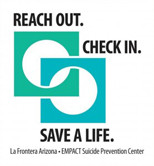 Reach Out. Check In. Save a Life. Logo |
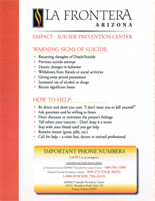 Warning Signs of Suicide |
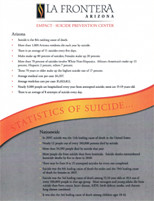 Facts About Suicide (Arizona and National) |
 Bookmark |
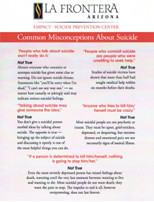 Misconceptions About Suicide |
